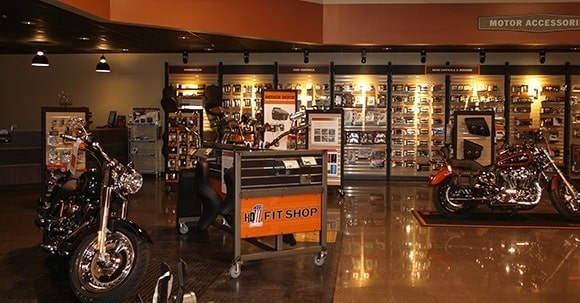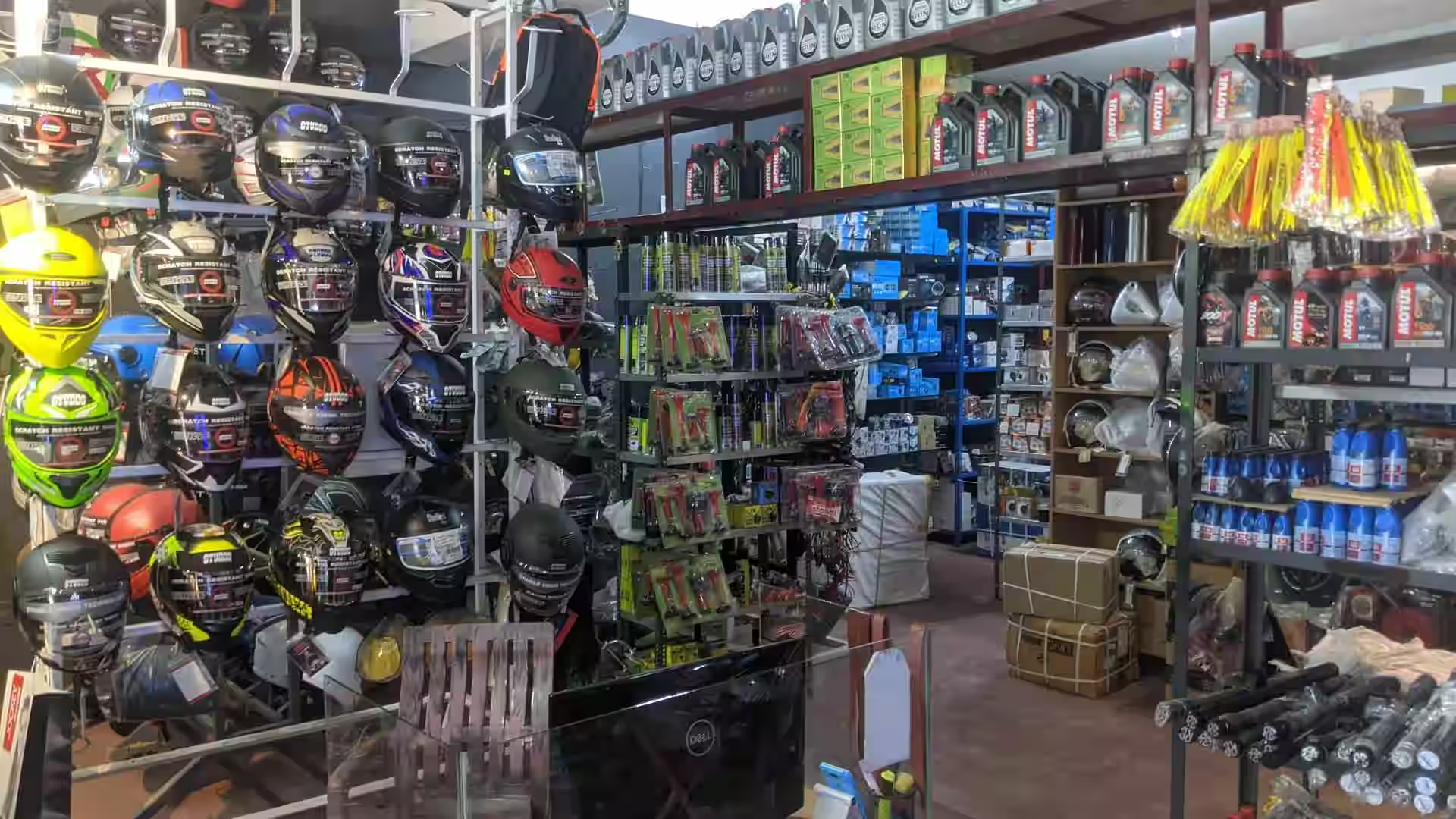Must-Have Motocross Gear: Boost Your Riding Experience Today
Must-Have Motocross Gear: Boost Your Riding Experience Today
Blog Article
Understanding Motorbike Gears: Just How to Enhance Your Riding Experience
In the realm of motorcycling, understanding the art of equipment manipulation is important for improving your riding performance. Properly understanding and utilizing bike gears can substantially affect control, velocity, and gas performance, transforming an average trip into a seamless, electrifying trip. By incorporating precise shift timing and adapting gear selection to numerous roadway problems, bikers can guarantee optimum engine performance and safety. The subtleties of clutch control, throttle control, and gear mechanics bid a deeper exploration, assuring to open the full potential of your device. Exactly how can these strategies be harnessed to really optimize your riding experience?
Comprehending Equipment Mechanics
At the core of motorbike dynamics, gear technicians play a critical duty in converting engine power into motion, ultimately dictating speed and control. The equipment proportions, carefully developed, determine the partnership between engine revolutions and wheel turns, impacting acceleration and gas efficiency.
Recognizing gear mechanics starts with acknowledging the value of the gearbox, which houses multiple gears of differing dimensions. These gears engage via a process understood as meshing, where teeth of different equipments involve to transmit power.
In addition, the concept of gear moving is integral to taking full advantage of performance. Smooth and timely shifts make certain that the engine operates within its optimum power band, protecting against unneeded pressure and boosting longevity (motorbike shop). By understanding these mechanical ins and outs, riders can achieve an unified blend of control, efficiency, and power, boosting their riding experience
Timing Your Changes
Change timing mastery is important for optimizing bike performance and improving the riding experience. Effectively timed changes ensure that the engine runs within its ideal power band, which is vital for keeping control, accomplishing smooth acceleration, and guaranteeing the longevity of the motorbike. Riders must establish an instinctive sense of when to move gears, which includes understanding the connection between engine transformations per min (RPM) and rate.
To master change timing, pay very close attention to the engine's audio and really feel, as these give crucial ideas about when to change equipments. The suitable shift factor commonly occurs when the engine approaches the top array of its power band without getting to the redline. Moving too early can cause a lack of power, while shifting far too late might create unneeded engine strain
Furthermore, road problems and riding style influence change timing. In contrast, during highway riding, less shifts at higher speeds can be extra ideal.
Enhancing Gas Effectiveness
While understanding motorcycle gears is critical for performance, improving gas performance is equally vital for both economic and environmental factors. Optimal gas consumption not just decreases functional expenses yet additionally reduces the environmental footprint of riding. To attain this, one should understand the intricate connection in between gear selection and engine efficiency.
To start with, picking the ideal equipment at ideal speeds can dramatically influence gas consumption. Riding in a higher equipment at reduced rates can result in engine lugging, which is harmful to both fuel economic situation and engine health and wellness. On the other hand, riding in lower gears at high rates results in unneeded gas intake. Hence, maintaining an ideal balance by shifting equipments in alignment with roadway problems and prepared for maneuvers is essential.
Additionally, normal maintenance plays a pivotal function in gas efficiency. Making sure that the bike is well-tuned, with tidy air filters and properly pumped up tires, can lower and enhance aerodynamics gas waste. Moreover, taking on a riding style that accepts steady acceleration and smooth slowdown can add to much better gas economic climate.

Methods for Smooth Transitions
Attaining smooth equipment transitions is basic to improving the riding experience and making sure the longevity of a motorcycle's transmission system. Correct gear shifting not just adds to a seamless adventure but additionally minimizes wear and tear on the mechanical parts. To understand the art of smooth transitions, motorcyclists need to concentrate on a couple of essential methods.

Secondly, clutch control plays a crucial function. Engaging and disengaging the clutch smoothly needs technique. The clutch bar need to be launched slowly, permitting a seamless transfer of power from the engine to the wheels without causing a jolt or abrupt movement.

Adapting to Road Conditions
Navigating varied road problems is a vital skill for any type of motorcyclist aiming to keep learn this here now control and safety and security. Whether you're riding on damp surfaces, crushed rock roads, or navigating sharp turns, your capacity to adapt your gear use and riding method is critical. Understanding how to change your gears appropriately can significantly affect grip and stability, page making certain a more secure trip.
In comparison, when riding on crushed rock or irregular terrain, lower gears are more suitable. Lower equipments offer much better control and enable you to respond even more promptly to unexpected adjustments in the road surface.
Sharp curves demand accurate equipment management to balance rate and control. Downshifting prior to entering a curve can help maintain momentum while making sure the motorcycle stays secure throughout the turn. Constant technique in diverse conditions boosts your capability to respond and anticipate to changes in road texture and slope.
Conclusion
Grasping bike gears significantly improves the riding experience by enhancing fuel, velocity, and control effectiveness. Adapting equipment option to various road conditions, such as utilizing higher equipments on wet surface areas and lower gears on crushed rock, additional boosts handling and safety and security.
Understanding gear technicians starts with identifying the relevance of the gearbox, which houses several gears of varying dimensions. These equipments engage through a procedure recognized as meshing, where teeth of different equipments engage to transmit power (moto parts nz). Gentle modifications to the throttle during equipment shifts can avoid jerky movements and preserve a consistent riding pace
Whether you're riding on damp surface areas, gravel roadways, or browsing sharp turns, your capability to adjust your gear usage and riding method is vital. Adjusting equipment selection to various road conditions, such as making use of greater gears on damp surface areas and lower gears on crushed rock, further improves handling and security.
Report this page